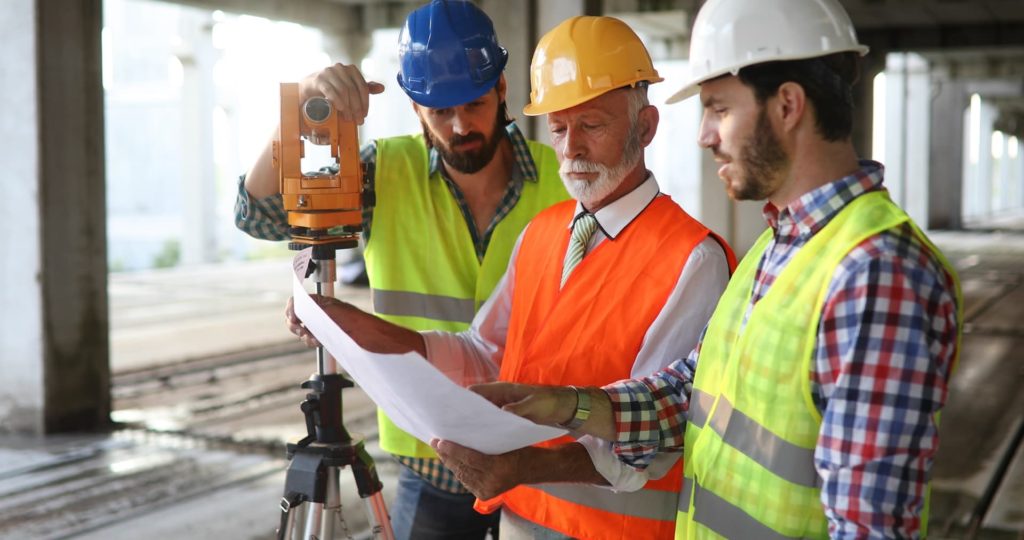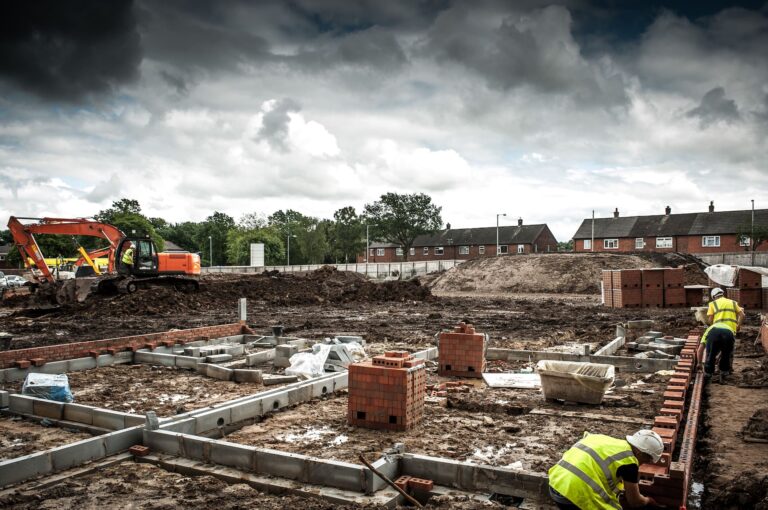How does the age of construction workers impact the construction industry?
The construction workforce in the UK is ageing.
According to the Office of National Statistics (ONS), approximately one in five UK-born construction workers were over 55 in 2011. Now, these workers will have reached retirement age.
With age may come wisdom, but that wisdom must be passed on to the younger generation. Without younger workers to replace those leaving the industry, we are at risk of losing the knowledge and skills of older workers entirely.
How can we solve the problem of an ageing construction workforce?
An ageing workforce isn’t just an issue in the construction industry. In fact, in the UK, there are now more people who are of pension age, than there are children under 16. According to the government, this is the ‘biggest challenge of the 21st century’.
To rise to the challenge of managing an ageing construction workforce, we have to start changing attitudes to our industry. We should focus on attracting the younger generations into construction, as much as we aim to retain our older, skilled workers, for as long as possible.

How old are the majority of construction workers in the UK?
According to the 2011 Census data, the highest proportion of workers in construction are aged 40 to 44 years (13.4%). More recent data from 2017 shows a similar pattern: the proportion of workers aged between 25 and 49 accounted for 57.9% of the total UK construction workforce.
The average age of construction workers is higher than the average age of workers in other industries.
Data also shows a notable lack of younger workers. In fact, in a survey conducted with Gen Z participants, fewer than one third would consider a career in construction.
Why is the increasing average age of a construction worker a problem?
While older construction workers offer a greater breadth of experience and skill level than younger workers, older workers will also be looking to leave the industry within the next few years. Unless younger workers are ready and able to take their place, the construction industry will suffer.
What has caused an increase in the average age of a construction worker?
Over the past few years, there have been a number of obvious factors that have contributed to a lack of younger workers within the construction industry.
The COVID pandemic undoubtedly forced younger workers to think about their career choice, and when working onsite was prohibited, jobs that could be done at home would have been more attractive. In November 2020, ONS figures demonstrated that redundancies caused by the pandemic had resulted in the lowest number of people employed in the construction industry since 2013.
Brexit has also played its part in reducing the number of younger construction workers. An estimated three quarters of all non-UK construction workers were under 45. In 2020, the UK construction industry reportedly lost just under 50,000 migrant workers because of Brexit.
What does an older construction workforce mean for businesses?
From our clients’ perspective, there are both benefits and negative implications to an older workforce.
Older workers are more likely to have the necessary skills and experience to complete a job to a high standard, however, older workers are also more likely to require a higher wage than younger, less experienced workers.
Eventually, older workers will look to retire, and when they do retire, businesses will need to replace them with younger workers.

How can we tackle the problem of an ageing construction workforce?
In order to tackle the problem of an ageing construction workforce, we need to accept that change is necessary within our sector. Even though we could encourage older workers to remain in the sector as long as possible, to futureproof the construction industry, we must focus on attracting younger workers into the industry.
How can we attract more younger people into construction?
Improve pay rates for construction workers
In our article Trade Pay Rates in 2022: Too low, or just laughable? we look at how poor rates of pay has a negative effect on business. Low wages discourage skilled workers from engaging with projects, but can also mean workers leave the industry altogether. By increasing workers wages to reasonable and competitive rates, we can begin to encourage more skilled workers back to the trade.
We’ll also be in a better position to change the misconception that the construction industry is poorly paid.
Change the perception younger people have of construction workers
When so many children engage in construction based games like Lego and Minecraft, why don’t they consider a career in construction a few years later?
For women and girls, construction remains a male dominated industry. Only 14% of those employed in construction are women. Until we actively encourage more women to join the construction sector, nothing will change.
Overall, the construction industry is often seen as a ‘hands-on’ sector that requires physical skill and stamina. Unfortunately, logistical, managerial, and office-based roles are often overlooked. Despite the growing demand for technological skills within the construction sector, not enough is being done to share these advancements with the general population.

Invest in apprenticeship schemes
In 2019 more than 50% of young people went to university, and that percentage continues to rise. Apprenticeship opportunities within construction are an ideal alternative to university education. Young people can learn skills while working, and are perfectly positioned for the working world once they finish their qualifications.
At Pier, we partner with BESA to offer M&E Apprenticeships to young people, because we are passionate about our industry. The more businesses and organisations who support apprenticeship schemes, the more traction and awareness we can create.
Utilise technology
Encouraging younger people into the construction industry means adapting the way we work. Often, construction agencies and organisations focus on contacting the same pool of workers for every job that comes up. Expanding this pool is essential.
Sharing information on websites and social media pages will help you to reach a new audience. If you don’t have time to recruit yourself, reach out to construction recruitment agencies who have these connections and let them build new relationships and do the leg-work for you.
Demonstrate your commitment to going green
Be aware of the concerns of younger generations, and show your organisation is interested too. Shout about sustainable and environmentally friendly aspects of your projects, and if you’re engaging a recruitment agency, tell them too.
Shared commitments to a better future will help encourage younger generations to take notice of your business, and as we demonstrated in our previous article, reputation is key, and word spreads fast.
How can we begin to build sustainable construction workforces in the current climate?
To build a sustainable construction workforce that will grow with your business, rather than deplete over time, you must attract good workers early. As well as helping to reduce staff turnover, early and thoughtful engagement of workers can help you to develop a bespoke and skilled workforce that suits your project.
Ideally, your workforce should be made up of workers of different ages. Younger workers will have the opportunity to learn from more experienced workers, and older workers will be on hand to ensure your project is finished to a high standard.
To secure a committed workforce, get in touch with P.I.E.R. We’ll help you form a workforce that’s built for success.
Reference
- Migrant labour force within the construction industry
- ONS
- The underlying challenges of the construction industry
- Construction SMEs attract next-generation talent
- https://www.buildingproducts.co.uk/attracting-young-people-construction-industry-childs-play
- https://startups.co.uk/news/construction-smes-attract-next-generation-talent/







